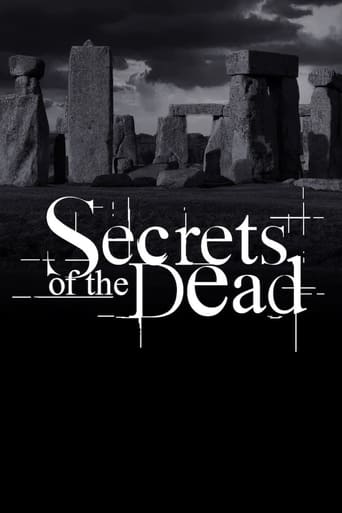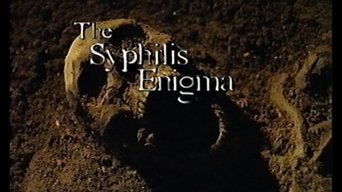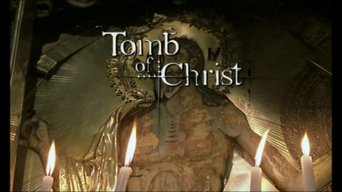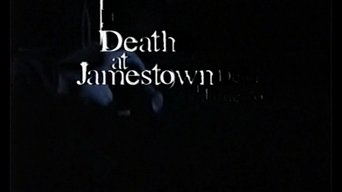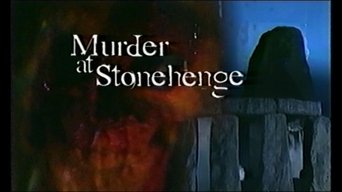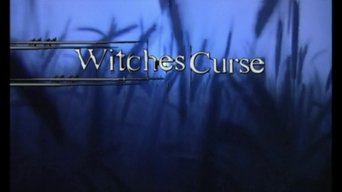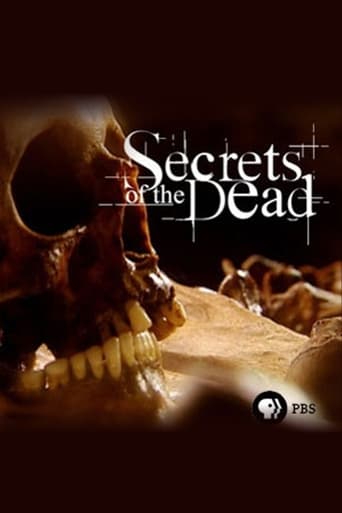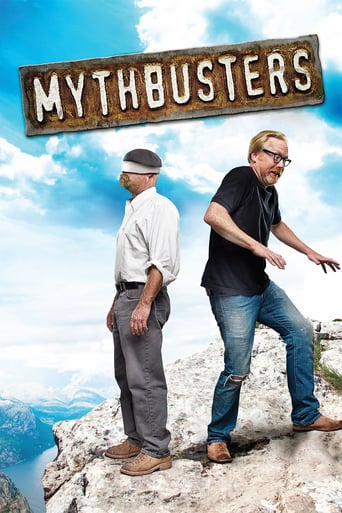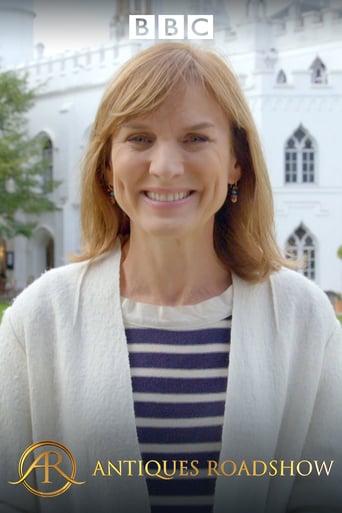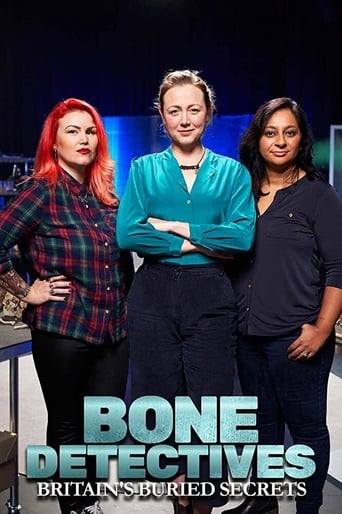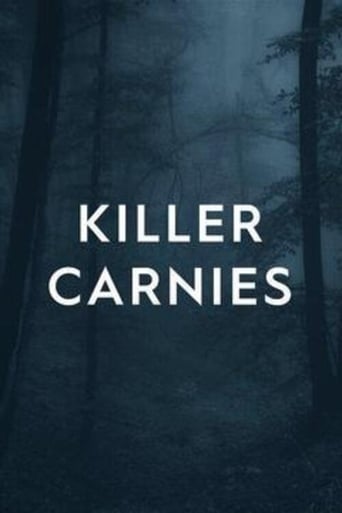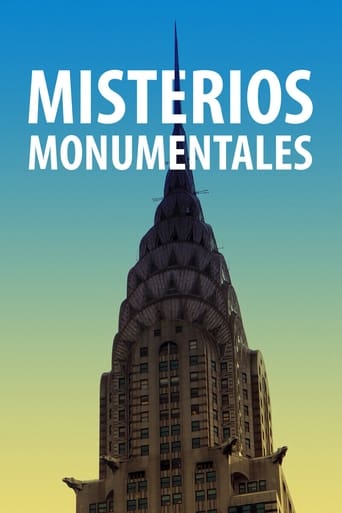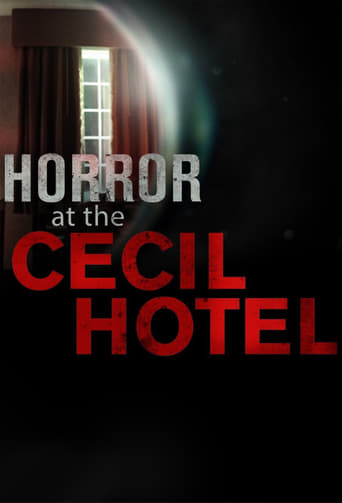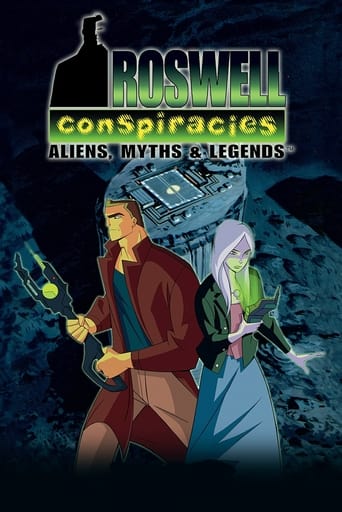Secrets of the Dead Season 2
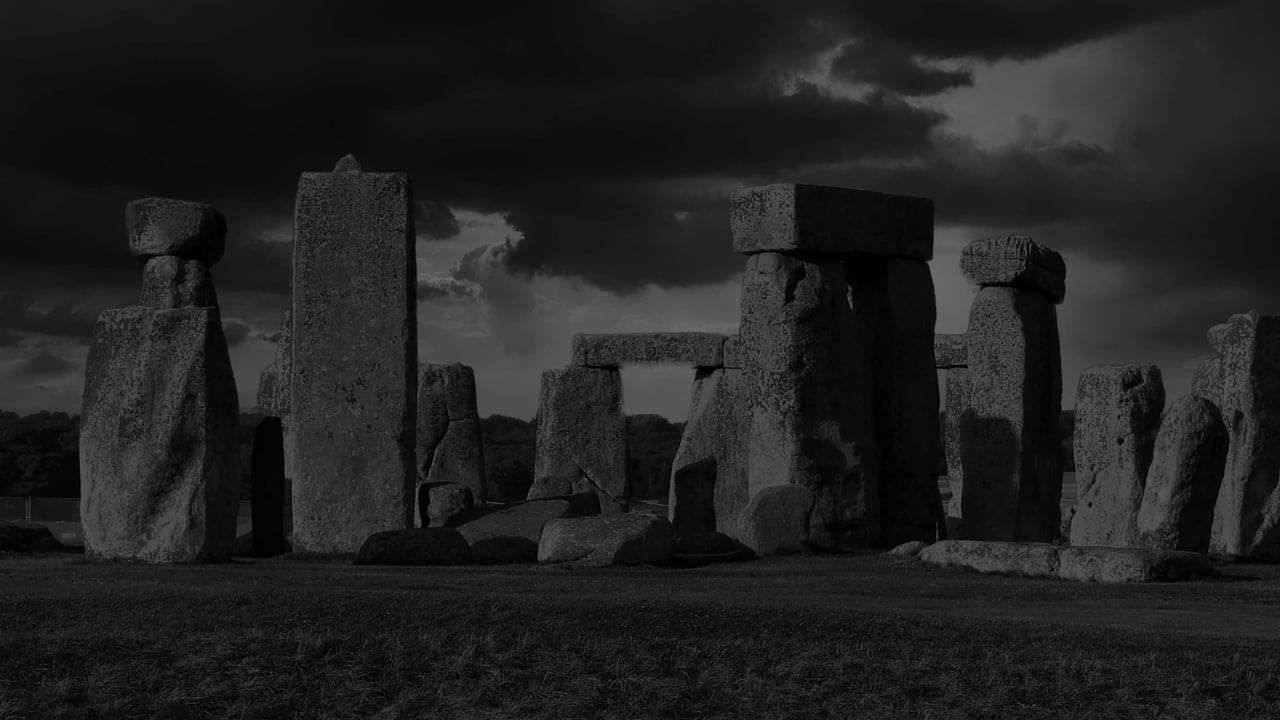
Part detective story, part true-life drama, long-running series explores some of the most iconic moments in history to debunk myths and shed new light on past events. Using the latest investigative techniques, forensic science and historical examination, it shatters accepted wisdom, challenges prevailing ideas, overturns existing hypotheses, spotlights forgotten mysteries, and ultimately rewrites history.
Watch NowWith 30 Day Free Trial!
Secrets of the Dead
2000 / NR

These six episodes of this PBS documentary series are adapted from the UK series of the same name, but are re-edited, re-branded, and re-narrated by Liev Schreiber.
Watch Trailer
Secrets of the Dead Season 2 Full Episode Guide
In 1492, Christopher Columbus crossed the Atlantic in search of gold. But what his men carried back with them to Europe was something far less appealing. They brought the scourge of syphilis, a sexually transmitted disease never before seen in the Old World. At least that is what scientists have generally believed. But now, the discovery in Europe of a pre-Columbian body with definite signs of syphilis has archaeologist Charlotte Roberts convinced that syphilis existed in the Old World long before Columbus ever set sail. New evidence from across Europe is beginning to turn the prevailing Columbus theory on its head (UK/PBS 55 min)
For centuries, visitors to the Church of the Holy Seplulchre in Jerusalem believed that they stood within what was merely a symbolic representation of Jesus' burial place. But what if the edicule within the church, an ancient crumbling structure, really does house Christ's actual tomb? Oxford archaeologists Martin and Birthe Biddle reconstruct Jesus' final day and trace the history of the various incarnations of the edicule -- looking for evidence that there is a tomb present, and trying to decipher whether or not Christ actually lay there. (UK/PBS 55 min)
During the Anglo-Zulu wars in South Africa, the success of small British regiments against huge numbers of native warriors became the stuff of legend. But in one key 1879 battle, Zulu fighting unites known as Impis decimated the British forces at the battle of Isandlwana. Historian Ian Knight and forensic archaeologist Tony Pollard investigate the battle scene, trying to assess the impact of a solar eclipse on the outcome, and discovering the Zulu use of performance enhancing "battle drugs" that included cannabis and a powerful hallucinogenic mushroom. New evidence reveals the changing tide of the battle, the innovative strategy of the Zulu and one Critical, irreversible British mistake. (UK/PBS 55 min)
The settlers at Jamestown, the first British colony in the New World, were looking for wealth and adventure. But within six months 80 of the original 100 arrivals were dead; 440 of the first 500 died within three years. Death came in sudden, brutal waves marked by severe bruising, weakness, wasting and madness. Did the men die of disease and starvation? Or is it more than a coincidence that the deadly outbreaks always seemed to strike just after the supply ships set sail? Clues from Europe and the recently rediscovered Jamestown site have led pathologist Frank Hancock to a radical new theory that implicates some unlikely suspects. (UK/PBS 55 min)
A mysterious skeleton buried in a shallow grave beneath a famous ancient monument. Who was he? How long had he been there? And why had his head been severed from its body? Archaeologist Mike Pitts works with scientists, forensics experts and historian to dig up ominous information about early Britain and the circumstances that surrounded the man's death. Was he a cattle thief, an insurgent, or a pagan sacrifice in a newly Christian world? (UK/PBS 55 min)
(Disease & Disaster) “The Witches Curse” poses a shocking new idea about the violent convulsions, delirium, and strange skin sensations that struck a group of young girls in 17th-century Massachusetts and inspired the infamous Salem Witch Trials. In 1692, 19 of the town’s residents were put to death because they were believed to have been witches. For hundreds of years, this tragedy was blamed on religious fanaticism, adolescent cruelty, and contagious hysteria. But these explanations failed to satisfy a “detective” who embarked on her own fact-finding mission. Was Salem’s Puritan community unwittingly living on bread infected by the fungus from which LSD is derived? Could toxic amounts of this fungus, known as ergot, be the real reason the accusatory teens endured psychotic episodes and saw blood dripping down their walls at night? And what clues could the 2,300-year-old corpse of a Danish murder victim possibly hold for Salem investigators? Tracking down historic outbreaks of ergot poisoning, Dr. Caporael compares its symptoms to those that plagued the girls in Salem, revealing a whole new side of this unsettling period. (UK/PBS 55 min)
Free Trial Channels
Seasons


